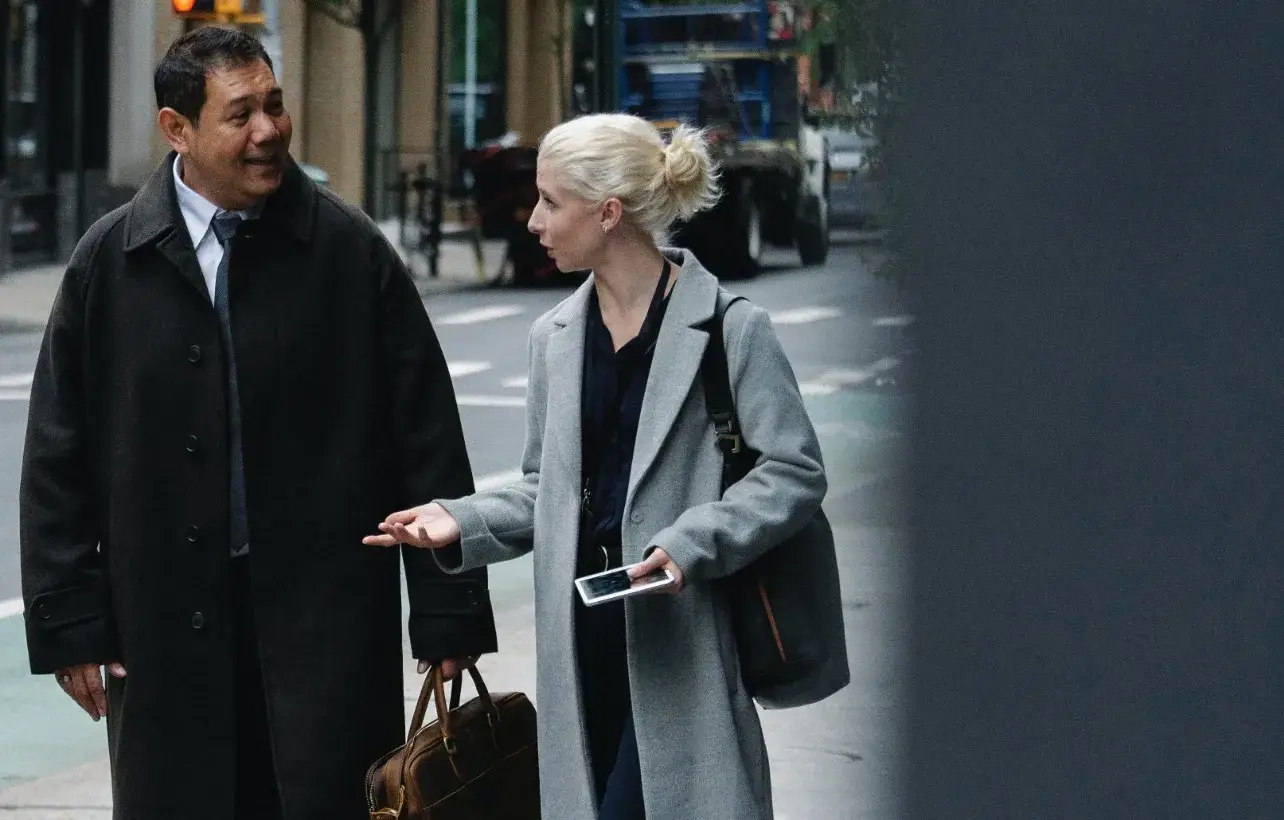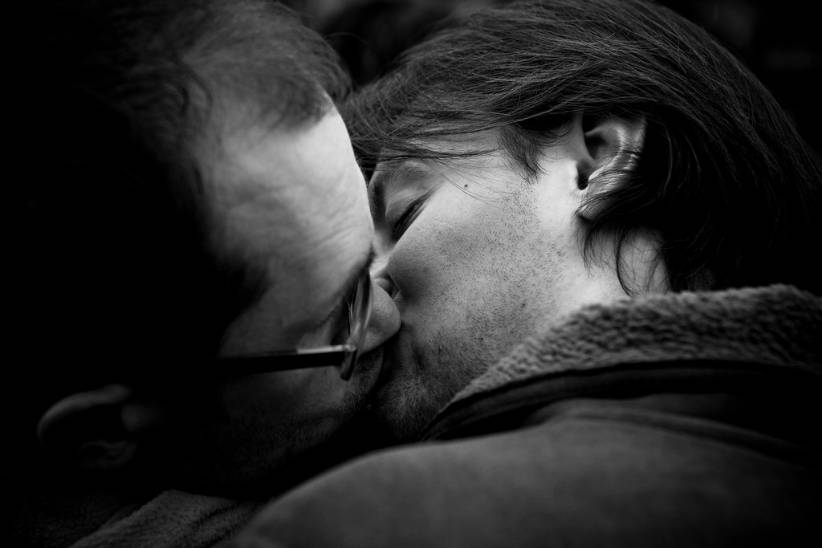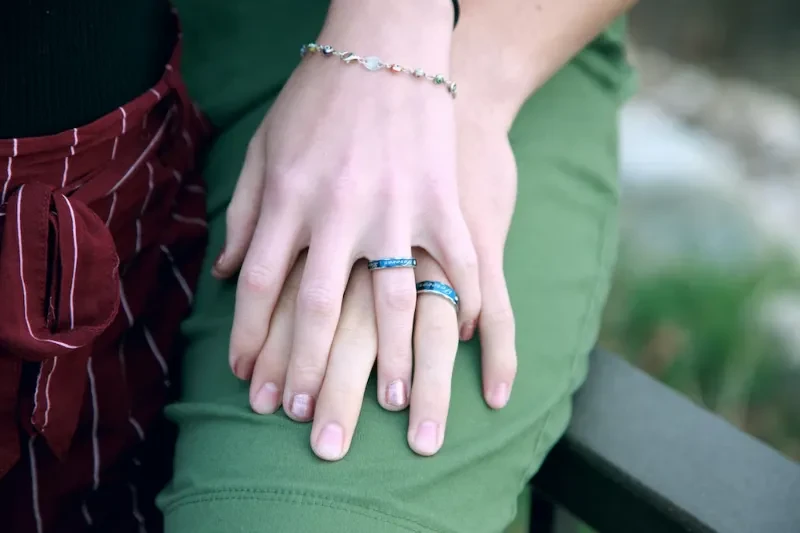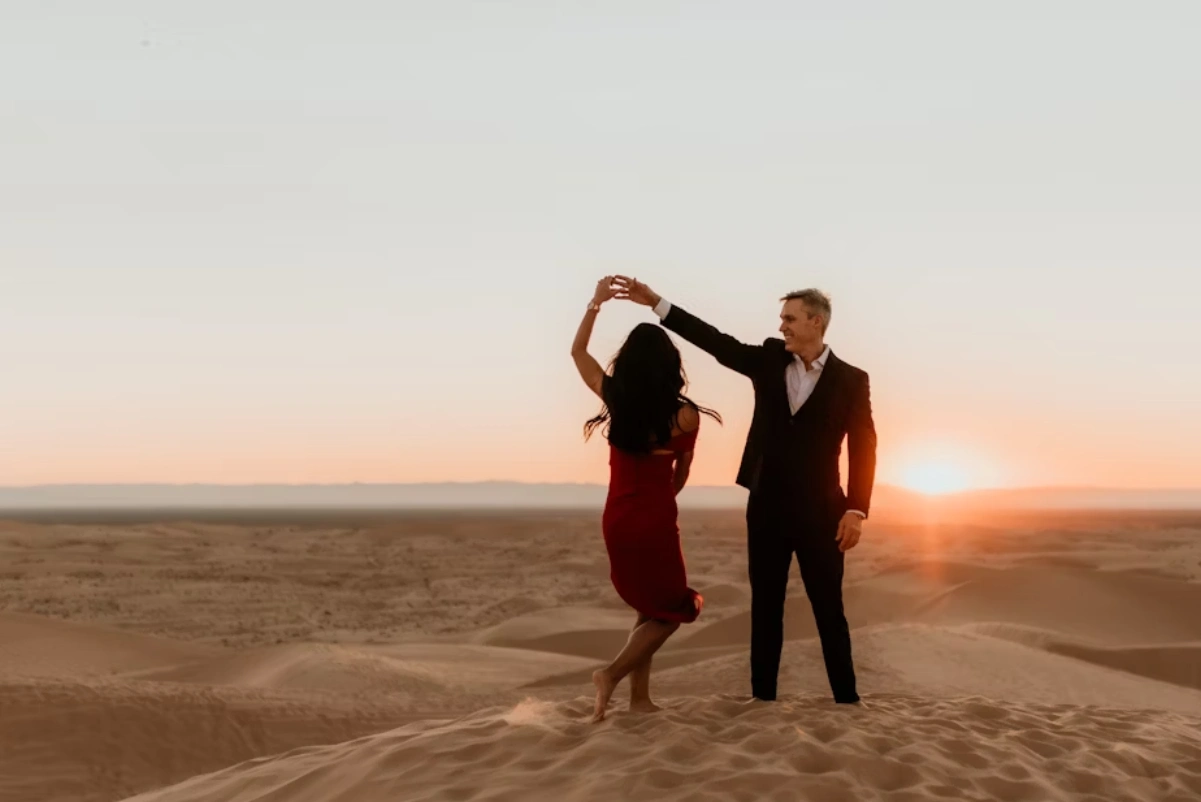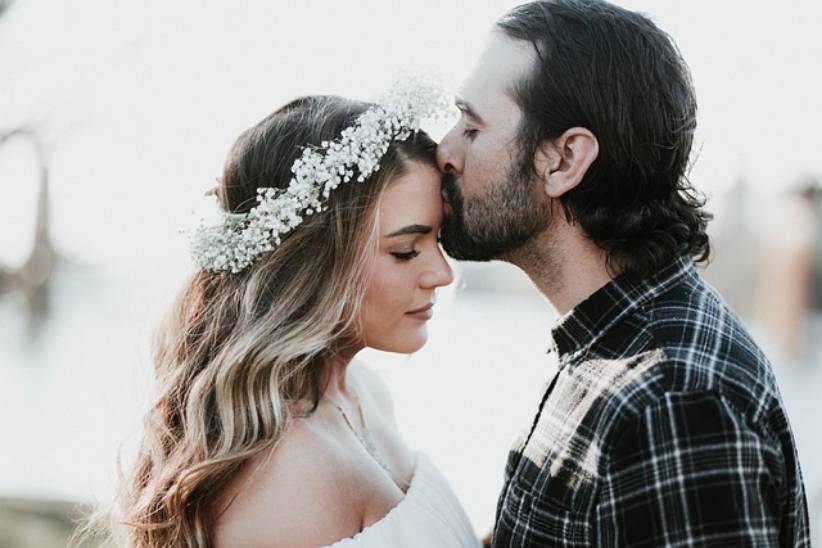- 0 Comments
- Views 46
- Finding Your Perfect Match: A Comprehensive Guide on How to Get a Boyfriend
- Understanding What You Want in a Boyfriend
- Expanding Your Social Circle
- Communicating Effectively in Relationships
- Expert Relationship Advice for Long-Term Success
- What are some effective dating strategies?
- How can I communicate better in my relationship?
- What is the role of attachment styles in relationships?
Finding Your Perfect Match: A Comprehensive Guide on How to Get a Boyfriend
How many times have you found yourself daydreaming about that perfect guy? The one who understands your quirks, supports your ambitions, and loves you for who you are? If you’re reading this, chances are you’ve been on a quest to find such a person but haven’t yet succeeded. Don’t worry, you’re not alone in this journey. Dating is complicated—like trying to solve a puzzle with a million pieces. But what if I told you there’s a guide to help you put those pieces together?
Welcome to this comprehensive guide on how to get a boyfriend. This isn’t just about finding any guy—it’s about finding the right one for you. It’s about understanding yourself better so you can understand what you want in a partner. It’s about expanding your social horizons and learning how to communicate effectively.
In this guide, we’ll navigate through the labyrinth of dating strategies, relationship dynamics, and personal growth. We’ll address practical aspects like navigating social events or the online dating scene, as well as deeper topics like understanding your attachment style and the importance of mutual support in relationships.
Dating is an art and science intertwined with emotions and logic. And just like any discipline, it requires patience, practice, and guidance—which is exactly why this guide exists: To accompany you on your journey towards love. So sit back, relax and let’s embark on this exciting journey together. Are you ready?
Understanding What You Want in a Boyfriend
How many of us have found ourselves echoing the words, “I want a boyfriend,” only to follow it up with the puzzling, “but I don’t know what kind of guy I want”? It’s like setting out on a journey without knowing the destination. You can wander aimlessly, but chances are you’ll end up lost. This is why identifying your preferences is the first crucial step in your quest for love.
Ask yourself: What qualities truly matter to you? Are shared hobbies important? Maybe you’re drawn towards someone who can engage in deep conversations about arts and literature. Or perhaps you’re an outdoor enthusiast seeking a partner who shares your passion for hiking and adventures. But remember, it’s not just about hobbies or physical attributes; character traits play a significant role too. Is honesty non-negotiable for you? Does he need to value family as much as you do?
Key Aspects to Consider When Identifying Your Preferences in a Boyfriend
-
- Analyze your past relationships. Look for patterns and lessons that can guide your future choices.
-
- Reflect on your long-term goals. How does a potential partner fit into these?
-
- Think about the qualities you admire in others, especially those in successful relationships.
-
- What characteristics do you find attractive or unattractive in a partner?
-
- Consider your emotional needs and the kind of emotional support you expect from a boyfriend.
This introspection isn’t simply about creating an idealized checklist—it’s far more profound than that. It’s about understanding your deep-seated needs, values, and characteristics that truly complement yours. The importance of knowing what you want cannot be overstated. It shields you from settling for less and traps of unfulfilling relationships.
So take a moment, dig deep, and begin this exciting journey of discovery. After all, knowing what you want is the first step towards getting it.
Expanding Your Social Circle
Think of your quest for love as a grand adventure—a journey that involves venturing into new lands, meeting new people, and making exciting discoveries. And every great adventure starts with a single step: expanding your social circle. But how do you navigate this social labyrinth?
Picture yourself at a lively social event. You might feel like a wallflower, watching others seamlessly converse and connect while you stand on the periphery. If this hits close to home, don’t fret. Mastering the art of socializing is much like learning a new language—it takes practice and a dash of bravery. So, at the next gathering, challenge yourself to step out of your comfort zone. Engage in conversations, show genuine curiosity about others, and don’t hesitate to introduce yourself first.
Remember, every person you meet could open up a world of new experiences—friendships, professional contacts, or even a budding romance. So take that leap of faith! The next conversation you strike up could lead you to the guy you’ve been waiting for.
But what about the digital realm? In today’s interconnected world, online dating plays a significant role in expanding your social circle. Think about it: an endless array of potential partners at your fingertips! But it’s not just about swiping right or left—the key is to approach it with openness and curiosity.
Imagine sipping your morning coffee while exploring profiles—each one offering a glimpse into another person’s world. You stumble upon a profile that mentions a shared love for hiking. A few exchanged messages later, you’re planning your first date—a trek to a scenic viewpoint neither of you has visited before.
Online dating needn’t be intimidating or impersonal—it can be an exhilarating journey of discovery if only you’d let it be. So why not give it a try? Your perfect match could be just one click away!
Communicating Effectively in Relationships

Imagine embarking on a voyage across the sea without a compass or a map. You’d likely feel lost, uncertain, and fearful. That’s what relationships can feel like without effective communication—it’s your compass, your map that guides you through the ocean of emotions and complexities.
But communication isn’t just about talking—it’s about understanding the essence of what your partner is expressing. This isn’t easy; we aren’t mind-readers. So how can you master this vital art? It starts with listening—not just hearing but truly understanding. Put away distractions, look at him directly, and listen with intent. His words will reveal his dreams, fears, and desires.
Expressing yourself authentically is equally important. Speak from your heart—be honest about your feelings and thoughts. Avoid playing games or using manipulative tactics; they only muddy the waters. And remember to communicate regularly and consistently—don’t wait for a crisis to discuss important matters.
Benefits of Direct Communication in Relationships
-
- It fosters honesty and openness, building trust more easily.
-
- It helps resolve conflicts quickly and effectively as there’s less room for ambiguity.
-
- It promotes personal growth as direct feedback is given.
However, direct communication isn’t without its challenges:
Drawbacks of Direct Communication in Relationships
-
- It may lead to discomfort or confrontations if not done tactfully.
-
- There’s a risk of being perceived as aggressive or insensitive when delivering unpleasant news.
-
- It can be difficult for individuals who are naturally shy or non-confrontational.
Inevitably, conflicts will arise in relationships. But the secret to resolving these tense moments effectively isn’t a secret at all—it’s effective communication. Instead of retreating or panicking during a heated moment with a potential partner, pause, and take a deep breath. Remember, it’s not just about being heard but also listening. Express your feelings using ‘I’ statements like “I feel neglected when you don’t spend time with me” instead of hurling accusations like “You don’t care about me”. Also, don’t underestimate the power of a genuine apology—it can mend fences like nothing else can.
So next time there’s a conflict, don’t just read these lines—put them into practice and watch your relationship transform.
Expert Relationship Advice for Long-Term Success
Imagine standing at the entrance of a labyrinth, armed with a map that could guide you through it. That’s what understanding your attachment style can do for your love life. Have you ever pondered why certain patterns emerge when you’re in love? It all ties back to attachment styles—how we bond and interact with others—which are shaped during our early years.
There are four primary types: secure, anxious, avoidant, and fearful-avoidant. Let’s say you often worry that your partner might leave you or doesn’t love you enough; this could signal an anxious attachment style. Alternatively, if independence is paramount to you and relationships tend to make you feel trapped, it’s probable that you have an avoidant attachment style.
Comprehending your attachment style is like having a navigational tool for your emotions. It can shed light on past relationship dynamics and steer you towards healthier connections in the future. So delve into this critical aspect—it just might be the key to unlocking long-term relationship success.
Now picture yourself lost in a maze of confusion and frustration. Just when surrender seems inevitable, a hand reaches out, guiding you towards the exit. That’s mutual support in a relationship—the pillar that holds up a partnership even when the ground beneath seems uncertain.
In my 20 years as a relationship coach, I’ve witnessed how couples who offer mutual support don’t merely survive life’s challenges—they thrive amidst them. Because they’re not navigating the labyrinth alone. A boyfriend isn’t merely about companionship; it’s about having someone who’ll stand by your side through thick and thin.
Remember, while finding a boyfriend may seem like the ultimate goal, nurturing mutual support is what transforms a mere relationship into an enduring love story.
F.A.Q.
What are some effective dating strategies?
Stepping into the dating world can feel much like entering a dance floor for the first time—thrilling, yet slightly intimidating. But fear not, here are some effective strategies to help you find your rhythm:
Firstly, know what you want in a partner. This doesn’t mean crafting an unrealistic checklist, but rather understanding your core values and relationship expectations.
Secondly, expand your social circle. Be it through attending social events or exploring online dating platforms, meeting new people increases your chances of finding that special someone.
Next, master the art of communication. It’s not just about talking—it’s about listening and understanding. Honesty and authenticity go a long way in creating meaningful connections.
Lastly, remember that self-love is the foundation of successful dating. When you value yourself, you attract partners who do the same. So step onto that dance floor with confidence and let love lead the way!
How can I communicate better in my relationship?
Imagine standing on a stage, spotlight shining down on you as the audience waits in anticipation. Communication in relationships often feels like this—a performance where understanding and being understood is key. Here are some strategies to help you take center stage:
Start with active listening. It’s not just about hearing words but understanding what’s between the lines. Put distractions aside, maintain eye contact, and listen with empathy.
Express yourself honestly and clearly. Share your feelings, needs, and concerns openly with your partner. Remember, it’s not just about what you say, but how you say it—keep your tone calm and respectful.
Use ‘I’ statements instead of ‘you’ accusations. For instance, say “I feel upset when we don’t spend quality time together” rather than “You’re always too busy for me”. This reduces defensiveness and opens dialogue.
Finally, practice regular communication—not just during conflicts or difficult times but also in everyday interactions. Regular check-ins on each other’s day or discussing future plans can go a long way in strengthening the bond.
Remember, good communication is much like a beautiful dance—once you learn the steps, it becomes a joyful expression of love and connection.
What is the role of attachment styles in relationships?
Imagine finding a key that could unlock the mysteries of your love life. That’s what understanding attachment styles can do. These are patterns of how we relate to others, shaped during our early years, and they play a crucial role in our adult relationships.
Whether you’re someone who craves closeness and fears abandonment (anxious attachment) or values independence and prefers emotional distance (avoidant attachment), recognizing your style can illuminate why you behave the way you do in relationships.
Understanding your attachment style is like having a roadmap to your emotions—it can explain past relationship dynamics and guide you towards healthier ones in the future. It allows you to better communicate your needs to your partner and understand theirs, fostering mutual empathy and support.
In essence, exploring your attachment style isn’t just about self-awareness—it’s a journey towards more fulfilling relationships. So, why not embark on this voyage of self-discovery? Your love life might just thank you for it!

